2025 Resource Bank
This resource collection provides supplementary materials to enhance your understanding of Passivhaus principles and practice. Each section includes readings, case studies, tools, and guides designed to support practical application of high-performance building concepts.
Message from the CEO
The future of Australia's built environment depends on leaders like you who are committed to driving change. This resource bank contains evidence, tools, and case studies to support your understanding of the Passivhaus standard. Use these materials to strengthen your technical knowledge and help you navigate the opportunities ahead as we work to transform how Australia builds.
Alexia Lidas, Australian Passivhaus Association
Resource Index
Navigate to specific topics using the index below. Each section contains curated materials that build understanding from foundational concepts through to practical implementation. Resources are organized to complement core learning areas, allowing you to explore topics at your own pace or focus on areas most relevant to you..
-
Understanding Passivhaus principles and their proven benefits is essential for anyone looking to implement high-performance building standards. The foundational criteria that define Passivhaus, combined with compelling evidence for energy savings and occupant comfort, demonstrate how these international standards can be successfully applied to Australian conditions and building practices.
-
Building envelope performance depends on three critical elements: eliminating thermal bridges that create heat loss pathways, achieving airtightness to control air movement, and providing effective ventilation for healthy indoor air quality. These interconnected fundamentals work together to deliver the comfort, efficiency, and performance standards required for Passivhaus buildings.
-
Windows are critical components for managing energy transfer in buildings, requiring careful consideration of frame selection, passive solar design principles, and installation methods. Combined with strategic energy reduction and renewable integration, these elements determine whether a building can meet Passivhaus primary energy requirements while maintaining comfort and performance standards.
-
Passivhaus classifications define different performance tiers (Classic, Plus, Premium) and retrofit standards (EnerPHit) that buildings can achieve. The certification process involves rigorous documentation and independent review, requiring strategic engagement with consultants and certifiers. Understanding PHPP software and the behind-the-scenes certification requirements is essential for successfully navigating the pathway to Passivhaus recognition.
-
Successful Passivhaus delivery requires specialized procurement approaches, contract structures, and risk management strategies that differ from conventional construction. This includes specific contract clauses, scope of works documentation, and contracting methodologies that account for the technical requirements and performance standards inherent in Passivhaus projects, whether for new construction or retrofit work.
-
Global policy frameworks and market conditions significantly influence Passivhaus adoption rates and implementation success. Understanding international policy mechanisms, funding structures, and market transformation patterns provides valuable insights for advancing high-performance building standards.
-
Passivhaus retrofit combines the proven EnerPHit standard with innovative construction approaches to transform existing buildings into high-performance assets. This section explores retrofit methodologies, prefabricated solutions, cost analysis, and real-world case studies that demonstrate the technical and economic viability of deep energy retrofits using Passivhaus principles.
This resource collection will be regularly updated with new research, case studies, and industry developments to ensure you have access to the latest knowledge and best practices.





